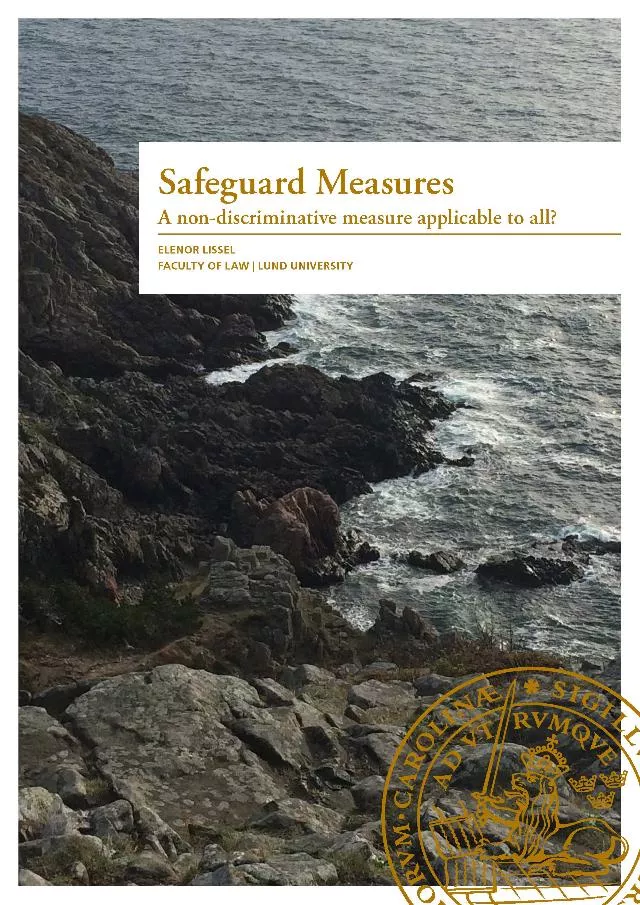Disputationer 2021
Aurelija Lukoseviciene
Authors and Creative Users
Addressing the Conceptual Challenges of Digital Creativity to EU Copyright Law from the Perspective of the Author
Datum för disputation: fredagen den 1 oktober 2021
Fakultetsopponent: Professor Ole Andreas Rognstad, Oslo universitet
Ämne: civilrätt
Abstract
To be an “author” might mean many different things, depending on the context in which the word is used. This thesis explores the EU copyright’s concept of author and how it relates to the everyday digital creativity on the Internet. It invites to consider what EU copyright law might look like if the digital creators which this thesis calls Creative Users were included in the legal system as “authors”.
For this purpose, the thesis employs a certain form of conceptual analysis, where concepts are studied as part of a multi layered legal system in accordance with K. Tuori’s theory of critical legal positivism. Namely, the concept of author in EU copyright law is analysed through its history and theory and several conceptualisations that can be seen to characterise what “author” is in the European copyright tradition are identified. These can be called genius, craftsman, servant/steward, owner, entrepreneur, resource, and authority. This “family” of conceptualisations is then used to deepen the understanding of the current EU copyright law from the perspective of the author, analysing its criteria for protection and the structure and limits of the right of reproduction. The thesis finds that the way the author is conceptualised while assessing a work’s suitability for protection may differ significantly from how this subject is conceptualised when constructing the exclusive right of reproduction.
The last part of the thesis analyses two examples of Creative User activities: the collective knowledge production of Wikipedia and the transformative cultural communication of Internet memes. The EU copyright’s conceptualisations of author are compared with the authorship practices in these digital communities, identifying some new conceptualisations – of sharer and collective as well as communicating author. Whereas the EU copyright norms would look nothing like their current versions if imagined from the perspective of digital authors – especially the norms on reproduction – this thesis proposes that to integrate potential new forms of authorship, a compromise could be found between the different ways of conceptualising the author. It is suggested that if the author that is presently guaranteed a high level of protection under EU copyright law were to be treated as a flexible and more inclusive concept and allowed to evolve together with cultural and technological change, it might influence how copyright protection and exploitation are approached as well. This could in turn bring more trust and contribute to an increased perception of legitimacy in the whole EU copyright system.
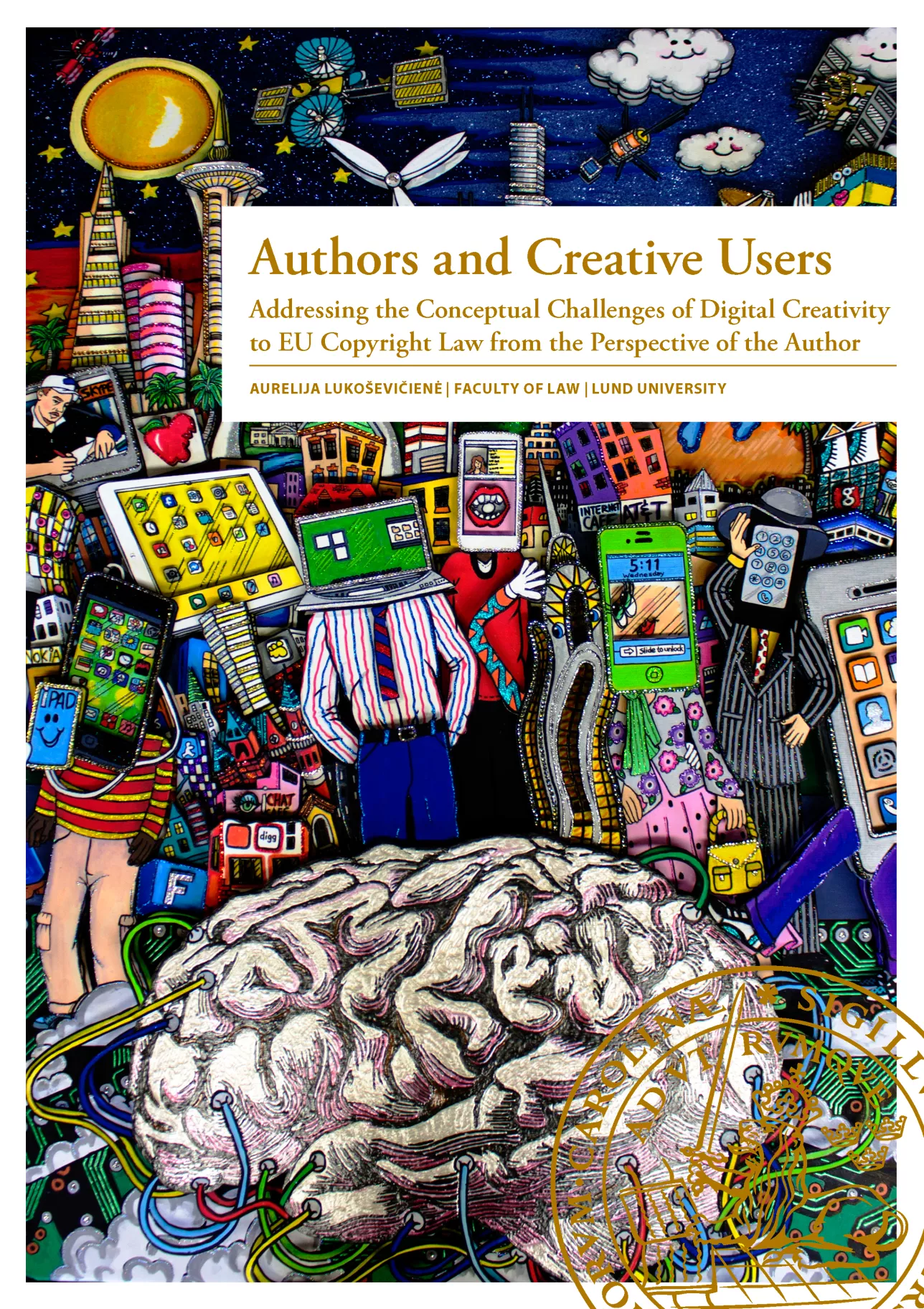
Joel Eriksson
Newer Forms of Contract-Based Dispute Resolution
An examination of efficiency-driven procedures in light of traditional adversarial procedures
Datum för disputation: torsdagen den 3 juni 2021
Fakultetsopponent: Professor Anna Nylund, Universitetet i Tromsö
Ämne: processrätt
Abstract
This thesis takes an interest in newer forms of contract-based dispute resolution used in commercial disputes. Public civil trial and arbitration has for a long time been the procedure of choice for disputing commercial parties. Arbitration is still by far the most established and used procedure when it comes to private dispute resolution. However, for some decades, newer forms of private procedures have been developed and established as alternatives to public courts and arbitration procedures. Even though public civil trial and arbitration procedures are quite different procedures, they are both housed under the fair trial umbrella of the adversarial procedural framework of for example ECHR or procedural due process. Thus, the dispute resolution forms of public civil trial and arbitration can be seen as the maximum and minimum versions of acceptable fair trial procedures.
The newer procedures of interest in this thesis contain aspects that seemingly would not be possible to achieve within a fair trial framework, and these aspects seem to revolve around various forms of efficiency. The working hypothesis of this thesis is therefore that the newer procedures are efficiency-driven rather than focused on a fair trial, and that efficiency is allowed to take a central role. At the same time, there are still some elements of traditional adversarial fair trial elements in these procedures and the question of interest is how these two sides of procedure, adversarial fair trial procedure and contract procedure, interact.
From this starting point the thesis analyses newer forms of contract-based dispute resolution procedures – dispute boards, statutory adjudication and rent-a-judge procedures – with the goal to examine how the newer procedures differ from the traditional ones, and what role efficiency plays in these newer types of procedure. The analysis reveals a type of procedure in which efficiency not only plays a central role but also is the presumption. This ultimately means that efficiency takes priority over a fair trial.
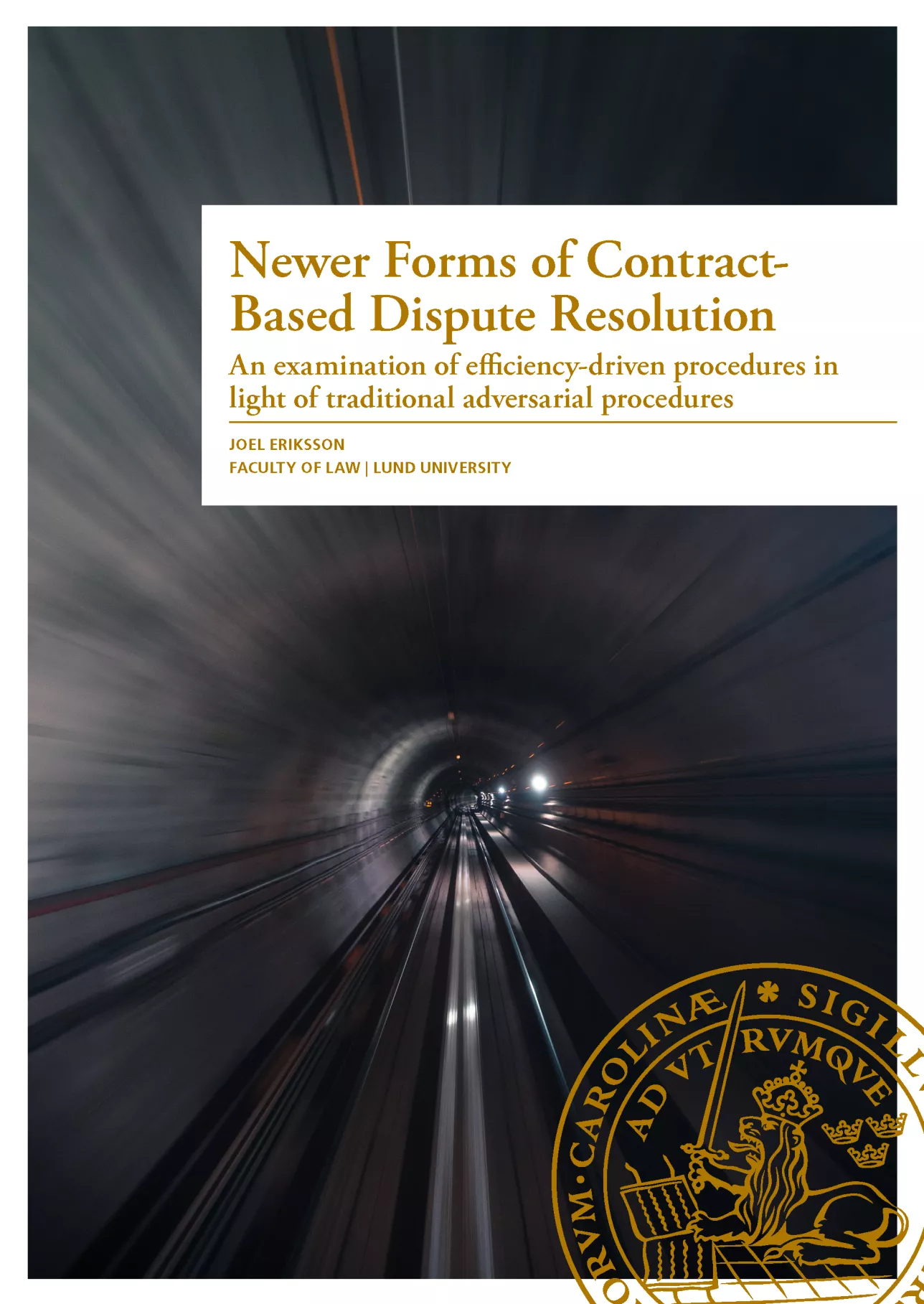
My Bergius
Karaktärsbevisning
- studier av relevansproblematik i personrelaterad bevisning
Datum för disputation: 24 maj 2021
Fakultetsopponent: professor Minna Gräns, Uppsala universitet
Ämne: processrätt
Abstract
This dissertation is a compilation thesis on character evidence in the Swedish legal system. It consists of five articles published in scientific journals and a comprehensive introductory chapter (kappa) on the key concepts, methodology, and procedural law with regard to character evidence in the Swedish system. The dissertation investigates how character evidence is assessed in Swedish courts, and combines doctrinal legal method and conceptual analysis with empirical studies.
In the dissertation “character evidence” is defined as evidence using a personal circumstance about a person, X, in support of an evidentiary theme (hypothesis) about X’s propensity to behave in a certain way. There are different kinds of character evidence, and the dissertation divides the domain of character evidence into four subcategories: 1) bodily functions, 2) learning, 3) personality traits, and 4) personal interests.
Character evidence often relates to credibility, and the dissertation provides a tool for credibility assessments that models credibility as a conceptual space with three dimensions: 1) perception, 2) memory, and 3) report. In this model, credibility is a function of the ability to perceive a situation correctly, remember this perception, and report the memory truthfully.
Character evidence typically involves complex issues about the legal relevance of certain circumstances. The concept of legal relevance and the assessment of legal relevance are therefore central themes throughout the dissertation. The dissertation presents the result of empirical studies of how legal decision-makers use different kinds of character evidence.
Experimental studies presented in the articles “Är det sant att lekmannadomare påverkas av juridiskt irrelevanta omständigheter, men inte juristdomare?” and “Are Judges Influenced by Legally Irrelevant Circumstances?” confirm suspicions that legal fact-finders can be influenced by legally irrelevant character evidence.
Observational studies presented in the article “Investigator Self-Interest in the Environmental Process” shows that legal fact-finders seem to overlook character evidence that actually is relevant and risks reducing the accuracy of, for example, an environmental impact assessment (EIA). The study shows that objections about investigators’ self-interest in their evaluation of environmental impact assessments (EIA) are not addressed by the courts in their opinions and do not seem to affect the courts’ decisions in any way.
Experimental studies and observational studies presented in the article “Att bedöma personer med kriminell belastning” show that a criminal conviction for forgery has a negative effect on a person’s credibility.
The dissertation contributes to the methodological development within legal research by the use of a multimethodological approach.
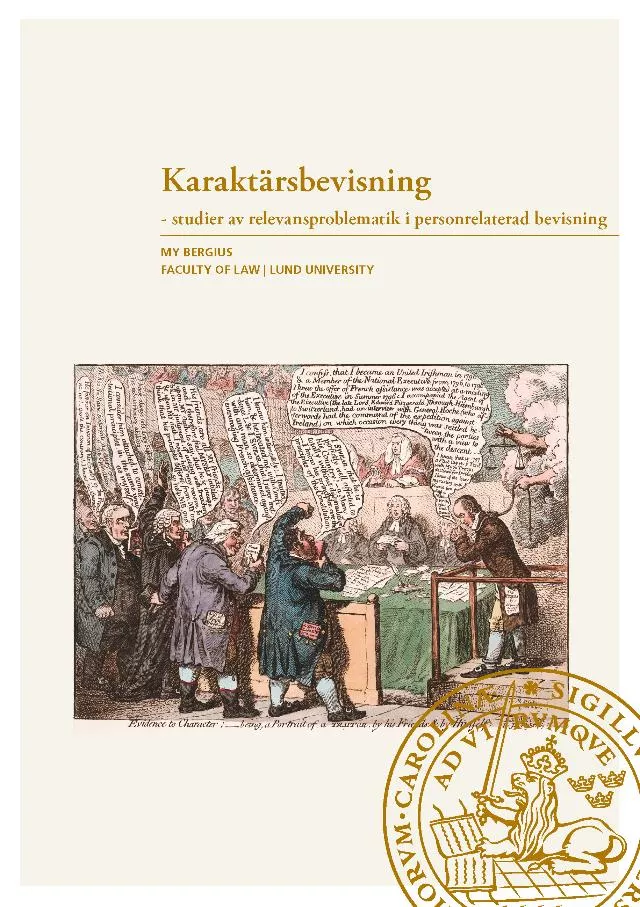
Richard Croneberg
Att motverka skatteflykt
– en komparativ studie av generella åtgärder mot skatteflykt i Sverige och Danmark i ljuset av skatteflyktsdirektivets allmänna regel mot missbruk
Datum för disputation: fredagen den 7 maj 2021
Fakultetsopponent: professor Katia Cejie, Uppsala universitet
Ämne: finansrätt
Abstract
This doctoral disseration examines how the structure and function of the European Union’s (EU) newly introduced General Anti-Avoidance Rule (GAAR) affects the concept of tax avoidance in its member states. Through a comparative study of the Swedish and Danish approach to combating corporate tax avoidance, the dissertation focuses on both the pre-existing provisions against tax avoidance and the rules following the implementation of the Anti-Tax Avoidance Directive’s GAAR as established in Article 6.
The main contribution of the comparative study is twofold. Firstly, the study aims to contribute to a better understanding of the GAAR’s provisions in general and its fourth requirement in particular, establishing that an arrangement – in order to be ignored – should have defeated the purpose of applicable tax law. Secondly, the study compares how Sweden and Denmark have combatted tax avoidance in the past in order to explain how aforementioned provisions will affect the two countries in the future. Through a comparative study of the implementation of article 6 in two distinctly different –although fully comparable – neighbouring member states, the application of said requirement is discussed in the light of the anti-tax avoidance directive’s aim to establish a minimum level of protection against tax avoidance practices across the EU.
Through a systematic literature review and further analysis of the countries’ different strategies for combating tax avoidance, the study shows that general measures against tax avoidance – whether in the form of a GAAR or an interpretive doctrine – are an expression of the legal context in which they operate. Based on the Swedish and Danish examples of how the two countries have implemented the directive’s article 6, I argue that the ambition to establish a level playing field for anti-tax avoidance measures within the single market might be jeopardized by the GAAR’s fourth requirement. By referring to that which in a domestic setting is considered to defeat ‘the object or purpose of applicable tax law’, the common EU-GAAR not only refers to the EU general principle of abuse, but also to domestic concepts regarding legal interpretation, the interplay between private law vis-à-vis tax law, as well as the constitutional and administrative aspects subsequent to the rule of law – adding to the already complex plura of anti-abuse provisions expressed in primary and secondary EU law.
The methodological framework of this dissertation is based on a pragmatic contextual perspective accentuating and enabling a thorough analysis of the ‘none-rule’ elements of the compared jurisdictions whilst bridging the countries’ different measures through an overarching comparative function. Despite legal cultures not being an empirically measurable phenomenon, the study’s contextual approach serves not only as an explanatory tool in the comparison of the two Scandinavian countries but serves as a self-standing contribution to further understand the examined countries. In contrast to a sole functionalistic comparison, the study’s contextual approach acknowledges law as a political realm, enabling an evaluation of the profound implications regarding taxation as a branch of public law and recognising the different political priorities, arrangements, and preferences in the countries compared. Through this contextual approach the study scrutinises and compares Sweden’s and Denmark’s different approaches to combating corporate tax avoidance, revealing novel insights to the nature of the EU-GAAR and its implementation. Whilst acknowledging and analysing the ulterior diversity of the two Scandinavian countries, the dissertation presents engaging contemporary insights into the everchanging field of tax avoidance research both within Scandinavia and the EU.
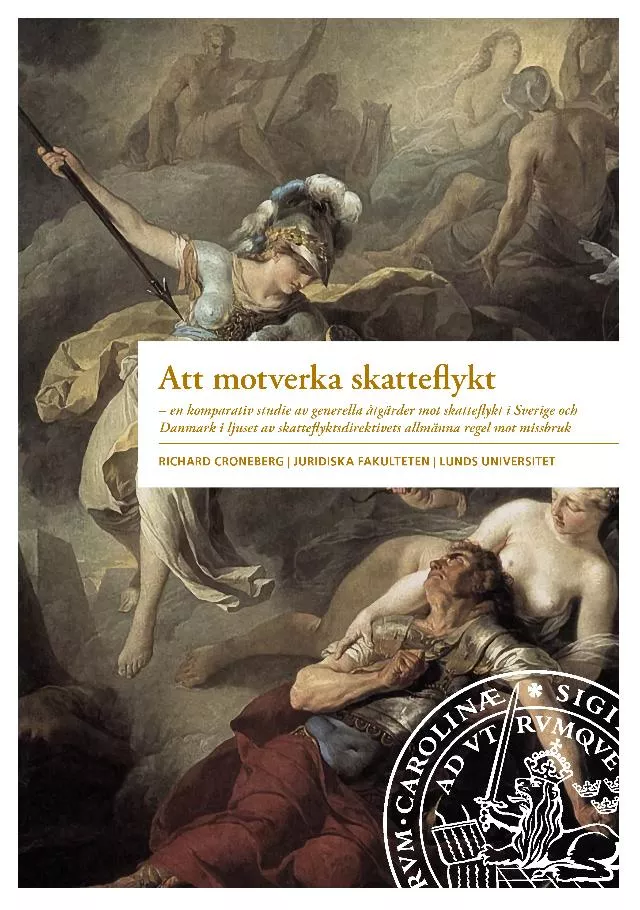
Elenor Lissel
Safeguard Measures
A non-discriminative measure applicable to all?
Datum för disputation: fredagen den 26 februari 2021
Fakultetsopponent: docent Joakim Åhman, Göteborgs universitet
Ämne: finansrätt
Abstract
This thesis examines and analyses the rules on safeguard measures, the assessments by the Appellate Body and panels as well as the practice by WTO Members.
One of the differences between safeguard measures on the one hand and anti-dumping and countervailing duties on the other under WTO law, is that the Agreement on Safeguards has a preamble. The preamble state that the Agreement is applicable to all Members. This thesis explores what applicable to all means. Another difference is that safeguard measures are applicable on fair trade, while anti-dumping and countervailing measures are applicable to unfair trade. The preamble to the Agreement on Safeguards emphasize that there is a need to re-establish multilateral control over safeguards and eliminate measures that escape such control, since the measure historically has been used to combat unfair trade as well as set up measures and bilateral agreements – grey area measures – that was outside of the rules. Despite the intentions with the Agreement, no safeguard measures to date has been found to comply with the WTO rules.
Safeguard measures are not only regulated under the multilateral rules, but also in Regional Trade Agreements. This can cause some difficulties as to know when and if safeguard measures can be used and to what parties. Some conflicts can arise which are described in this thesis. The safeguard rules under WTO law state that safeguard measures should be applied to products irrespective of its source, meaning that they are applicable to all imports without being able to select affected
parties. Exceptions from the principle of non-discrimination have been examined throughout the thesis and whether there is a space to discriminate under the safeguard rules.
This thesis show that discriminatory application of safeguard measures is allowed, which was not the intention when creating the Agreement on Safeguards. It is possible to apply selective measures
and there is also a possibility to waive the rights to WTO DSB. Thus, the Agreement is neither de jure nor de facto applicable to all Members. It seems therefore as if the interpretation based primarily on the terms of the treaty, does not match the context and the treaty’s object and purpose.
Consequently, while the rules lean more towards providing and establishing a protection, the interpretation by the DSB so far lean more towards free trade.
